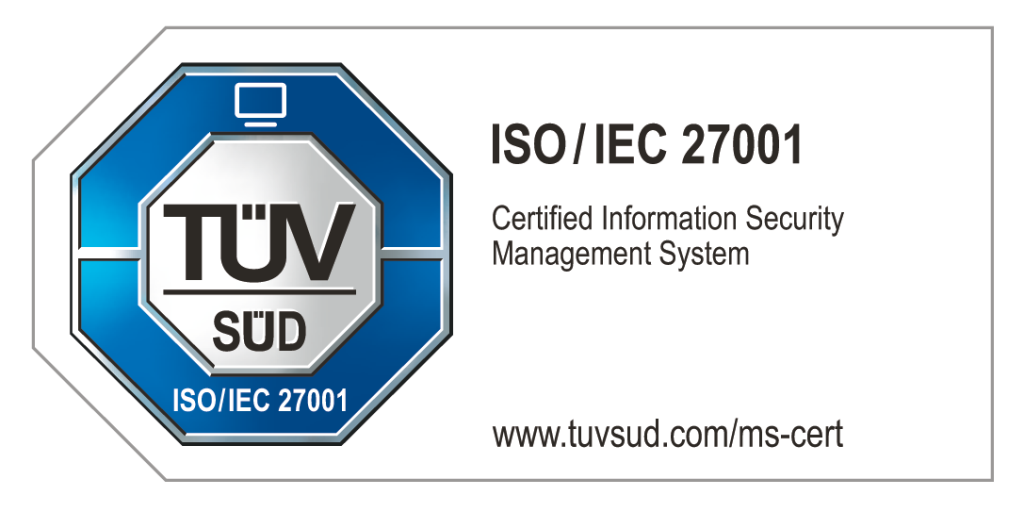How does VoIP pricing work? What does a VoIP system cost?
Business phone systems used to be straightforward. Companies would buy their equipment, pay for each phone line, and watch costs increase as they grew. But things have changed. Now with teams working remotely, customers around the world, and businesses needing to scale quickly, those old systems can’t keep up.
This is why VoIP matters today. It’s more than just a way to make calls for less money. It’s about having a phone system that grows when your business grows, keeps everyone connected no matter where they work, and adapts to what your company needs instead of forcing you to adapt to it.
Getting the most from VoIP requires understanding a few important things. In this guide, we’ll walk through VoIP pricing in clear terms anyone can understand. We’ll cover all the cost factors you should know about and share practical advice to help you choose a system that fits your budget while supporting your business as it grows and changes.
How VoIP Pricing Actually Works
Pricing a VoIP system isn’t like buying office chairs or laptops. With traditional purchases, you pay once and you’re done. But VoIP costs shift and scale based on how your business operates day-to-day.
The final number on your bill comes down to four real-world factors:
- Who’s using the system? A 10-person startup needs something completely different than a 200-employee call center. Remote teams, frontline staff, managers, and executives all have different needs that affect cost.
- Where do your calls go? Local calls, international numbers, toll-free lines have different pricing. Some providers bundle them, while others charge per minute or per line.
- What does your system handle? Basic calling, video meetings or advanced call routing? The more your phone system does, the more pricing models come into play.
- How do you plan to manage it? Do you need 24/7 support, mobile apps or integrations with tools like Salesforce? These “extras” are important parts of your business communication systems that affect the cost difference between plans.
The key is understanding that VoIP isn’t one-size-fits-all. A great system mirrors how your company works, not the other way around. In the next sections, we’ll break down exactly what goes into these costs so you can find the perfect fit.
Essential VoIP Setup Costs
Transitioning to VoIP requires some upfront hardware and configuration decisions, but it’s not as daunting as it sounds, especially when working with cloud-based providers. At its simplest, all you need is a stable internet connection, compatible devices (like IP phones or softphones), and a VoIP service plan. That said, the setup process can include a few more moving parts that impact your initial investment.
VoIP Phones
You can use IP desk phones, softphones (apps you install on a computer or mobile phone), and headsets. Some businesses may need extra equipment like routers or firewalls that are built to handle voice traffic.
Installation & setup fees
Getting started might include things like adding users to the system, setting up call flows, applying call rules, or linking VoIP with tools you already use. Some providers offer help with this for free, while others charge depending on how complicated your setup is.
Number porting
If you want to keep your current phone numbers, you’ll likely pay a one-time fee. It can take a few days or even weeks, depending on where you are and which provider you’re using.
User training
Even the simplest systems require some onboarding. Whether it’s self-guided tutorials or hands-on training sessions, this can be a cost in both time and productivity. Whether you are using a bespoke solution or a highly popular platform, it’s good to have access to dedicated support or resources to make full use of your system.
Tip: Not every VoIP setup looks the same. It can depend on how much of your old phone system you’re keeping (if any). You’ll also need to think about security, and local regulations around compliance. In some areas, VoIP services or number porting aren’t fully supported, which can be a problem for companies with remote teams. If that’s the case, it’s important to work with a provider who can help you find a safe and legal way to make it work.
All of these are part of your setup, not necessarily your ongoing costs, but they’ll affect how smooth your transition is and whether you’re maximizing your investment from day one.
Variable costs in VoIP
Once your foundation is ready, your ongoing costs will depend on how your VoIP service is structured. These costs can change based on how many users you have, how your calls are routed, and which tools or features your business relies on.
Subscription fees
With most, simple hosted PBX services, the subscription fee gives you access to the system that runs your core VoIP functions. This includes call handling, voicemail, admin controls, and basic support. These fees may be billed monthly or annually and providers may offer pricing flexibility for longer-term commitments.
Many platforms offer access to their platforms in tiers, ranging from basic calling go more advanced packages that include call queues, analytics, or integrations.
Per-User or Per-Line Charges
A separate component of VoIP pricing is your per-user or per-line charges.
- Per-user charges apply to each person who needs their own login, extension, voicemail, or app access
- Per-line charges apply to the number of simultaneous calls or active channels your system can handle, regardless of how many users are assigned.
For some companies, this cost is separate from the subscription fee described earlier. Other providers may bundle platform access into the charge per user, especially if they offer an all-in-one solution.
It’s important to note that not every user needs their own dedicated line, and the number of lines you purchase doesn’t always match the number of user licenses. Your setup depends on a few key factors, like how many concurrent calls your team expects, whether multiple users will share a DID (Direct Inward Dialing Number), or conversely, if a specific user (like a CEO) needs multiple DIDs for a different purpose.
In larger organizations, all these factors — users, lines, call volume, and call handling preferences — are considered together to build a more optimized and cost-efficient system.
Metered calling-rates
Most VoIP plans include unlimited local or in-country calls, which covers the majority of day-to-day use for many teams. For businesses that place international calls, use toll-free numbers, or have higher outbound traffic, additional charges may apply. These are known as metered rates and are billed by the minute based on destination and call type.
Some providers offer bundles or reduced international rates to help manage these costs. Reviewing your typical call activity makes it easier to choose the plan or calling package that fits your communication needs.
Feature Add-Ons & Integrations
VoIP services often come with core features like voicemail, caller ID, and call forwarding. Beyond that, many platforms offer extra tools to support more advanced workflows. These can include:
- Call recording and cloud storage
- Voicemail-to-text transcription
- CRM or helpdesk integrations
- Analytics dashboards
- SMS and fax capabilities
These extras may be included in higher-tier plans or offered as optional add-ons. If your business relies on specific tools or integrations, it helps to know what’s built into your plan and what can be added to tailor the system to your needs.
Wrapping Up: What Smart VoIP Planning Looks Like
VoIP is a cheaper phone system. It’s also a smarter one.
The value of upgrading to VoIP comes when your setup matches how your business actually works, not just how many people you have on the team.
Understanding how VoIP pricing works helps you avoid unexpected costs and build a system that grows with you. Whether you’re just starting out, expanding across regions, or replacing an outdated setup, knowing what goes into the price—subscription, users, lines, features—makes all the difference.
VoIP gives you the tools to scale and connect. As you compare providers or plan your setup, careful consideration and planning will give you flexibility, transparency, and the ability to adapt matter just as much as price.

